
“Dirty Dozen” is one of those short, alliterative phrases that’s easy to remember and fun to use. In today’s post, I’m applying it to garden products whose production or use can be damaging to the health of ecosystems, environments, and even humans. How many of these products are in your garden shed, or appear in ingredient lists of other products? Each short description below has one or more links to additional information. After you count them up, see how you rank on the Charlotte Scott Meme-O-MeterTM
Product manufacture damages ecosystems

Peat moss. Peat moss bogs are slow-growing ecosystems that store vast amounts of carbon. Removing peat moss destroys these ecosystems (which can take centuries to regrow) and releases C02 into the atmosphere. Do a little experimentation with sustainably sourced or locally available crop residues and see if you can find a more environmentally friendly substitute.

Kelp. Kelp, or macroalgae, are the basis of intertidal and subtidal food webs. Removal of these plants creates underwater deserts where little life can be found. Restoration can be done, but it’s a slow and expensive process. Ask yourself why you think you need kelp and compare this to the facts.

Bat guano. Seems like a reasonable use of a waste product, right? Nope – and Dr. Jeff Gillman explained why in a post more than a decade ago. If you want a sustainably produced, manure-based fertilizer, you can find many options at garden centers.
Products whose use damages garden and landscape soils
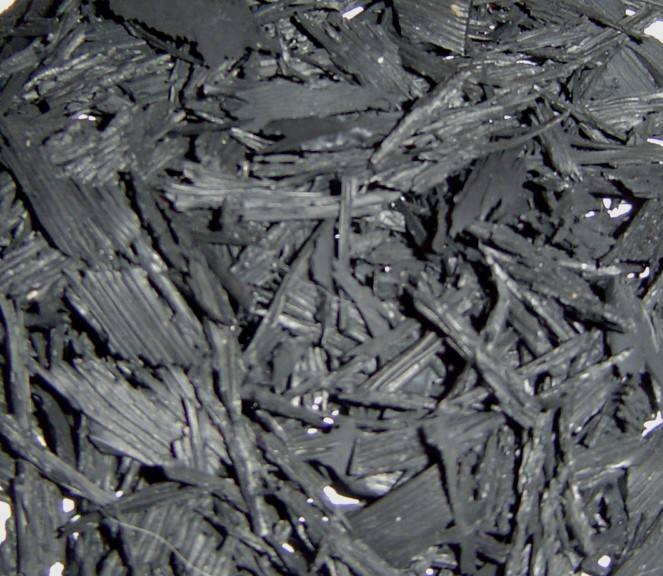
Rubber mulch. Recycling used tires is a good idea; grinding them up and putting them on top of your living soil, not so much. There are much better mulch choices out there.

Landscape fabric. Landscape fabric does not control weeds, nor is it permeable once installed. It’s a sheet mulch that restricts water and air movement between the soil and the atmosphere. Weeds will quite happily colonize the surface while the roots of desirable plant struggle for water and oxygen below the barrier.
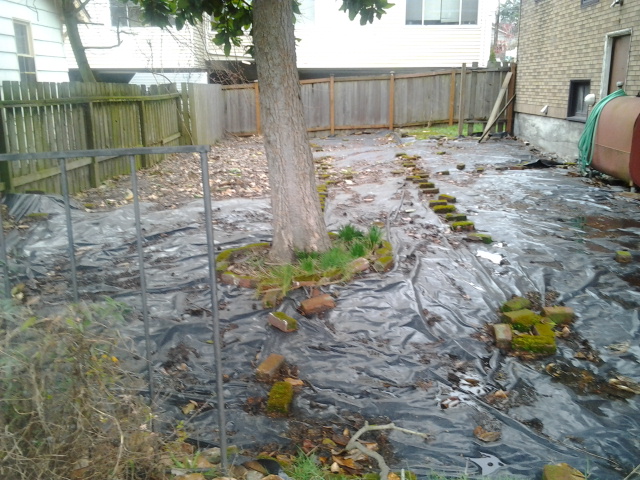
Plastic mulch. There is nothing worse (see chart in this link) you can put on a living soil unless your intention is to kill everything under it. You may see it used in agricultural production, but that doesn’t make it a good choice for your gardens and landscapes. Again, there it a much better alternative to this and all other sheet mulches.

Epsom salt. Would you be so excited about buying this stuff if it was correctly labeled as magnesium sulfate? That’s all it is – an inorganic chemical. Despite its soothing name, Epsom salt is not a cure all for anything except a magnesium deficiency in the soil. Overuse can create nutrient imbalances in soils.
Products whose use damages plants and plant-associated microbes

Phosphate fertilizer. The most overused nutrient in home gardens and landscapes, and one that can cause iron deficiency in plants. The only time you should add anything containing phosphate – including compost or other rich organic material – is if you have a soil test indicating a deficiency.
DIY garden remedies. Self-proclaimed gardening experts come up with all kinds of home-made potions as safer alternatives to conventional fertilizers or pesticides. There are good reasons that both fertilizers and pesticides are regulated at state and/or national levels: it’s the only way you can know exactly what the active ingredients and when, where, and how to apply these chemicals. To follow some “chemical-free” recipe from the internet is playing Russian roulette in terms of collateral damage to soils and non-target organisms.
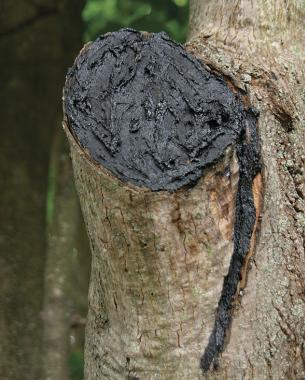
Wound dressings. Unfortunately, many gardeners don’t understand that plants and people respond differently to injury. While antibiotic dressing and bandages are good for healing our nicks and cuts, trees have a completely different response. Slathering black goo or paint over tree wounds is the last thing trees need to seal damage naturally.
Product whose use can be harmful to human health

PAM hydrogels. PAM (polyacrylamide) hydrogels have limited usefulness in home gardens and landscape – worse, they have to potential to injure people and pets. (There is also a list of references used in the linked article.) After these same materials are used in labs for gel electrophoresis (used for DNA analysis, for example), their disposal is generally regulated. No such regulations exist for using them in the landscape. Hydrogels based on starch or other natural polymers are fine – but avoid anything that contains “acrylamide” or “acrylate” on the label. Better yet, use a well-chosen mulch to absorb and release water to the soil.
Time to take the quiz!
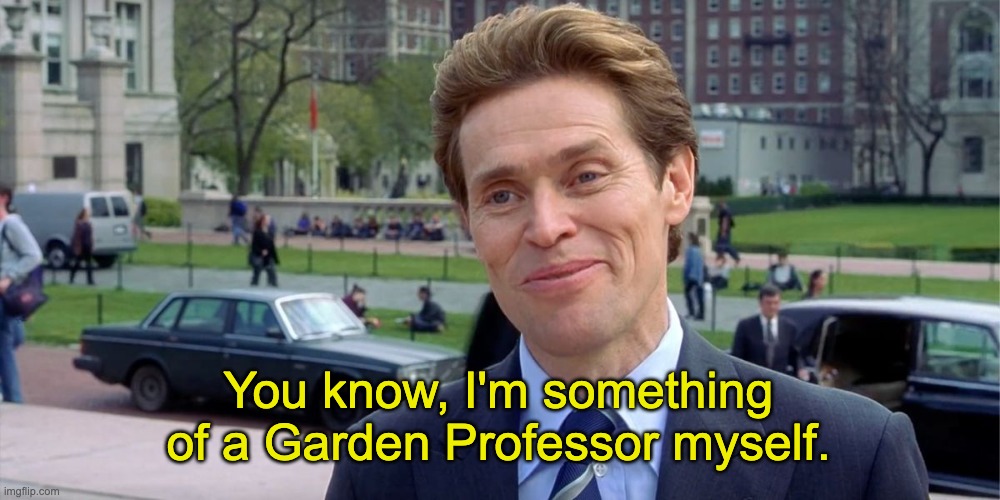
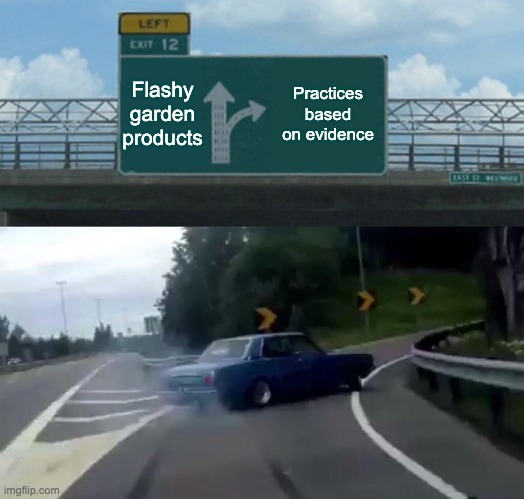
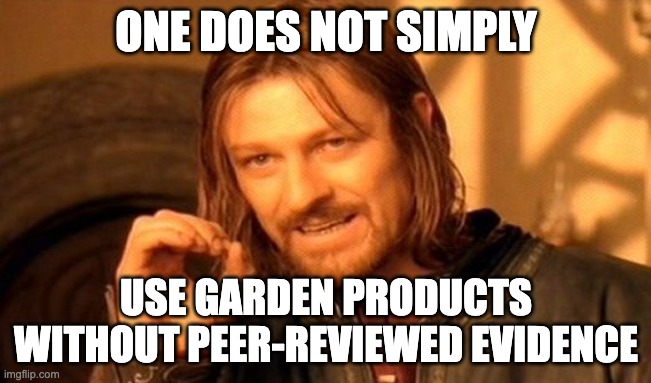
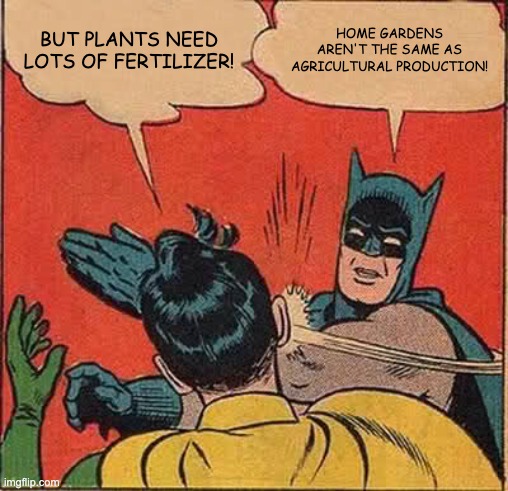
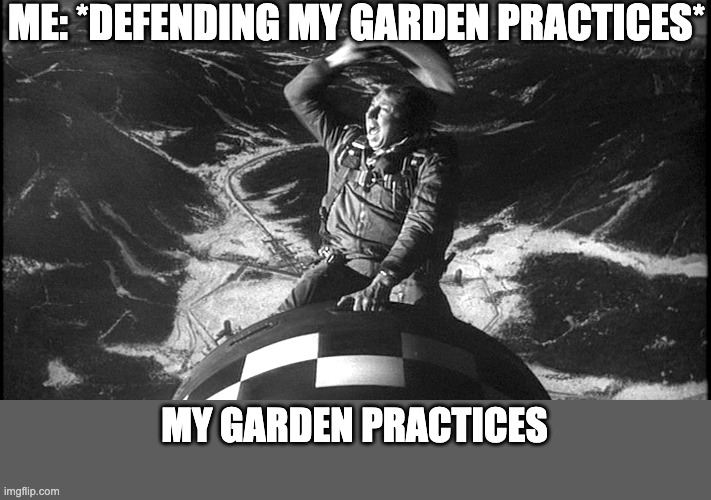
All jokes aside, sustainability and gardening require constant adjustment and learning. You came here, you read through this list, and you are thinking critically about your practices.

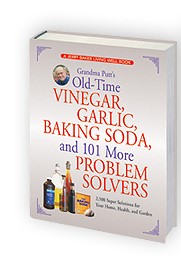
A Brilliant Offering…..all the foolishness and dumb folklore of horticulture bravely called-out in one spot, making it easy to find and relay. There is such a beloved level of popular snake-oil in this realm, therefore, I watch this blog to learn not only what to do / but also what not to believe.
Thanks for a laugh at the end of a long, wet day! Proud to say I did well except for Epsom Salts which I use to soak my aching feet!
Ah, but the ES isn’t in your garden shed, right???
Zero in the past 7 years! Before that I occasionally used Epsom salts for veggies that exhibited signs of magnesium deficiency.
Wouldn’t worm castings and rabbit droppings actually be superior to bat guano? No aging, direct application, etc. Of course, even they have their drawbacks, such as the cost of bulk worm castings and potential rarity of bulk rabbit droppings, but bulk guano is usually both scarce *and* expensive.
Congrats on your score! And yes, worm castings and rabbit droppings would be good alternatives, as would be horse and cow manure from any local farms. They aren’t taking away from a unique ecosystem’s ability to function.
I was told that horse manure was a no-no due worming medication given to horses. Is this true. I really enjoyed your post.
As long as the manure is composted (which it should be before use), any of those medications will be broken down.
great articles of truth keep it up. Hopefully there are those who will see the light
What is your take on Superthrive? I haven’t tried it but I’ve heard both rave reviews and other that suggest it is nothing more than snake oil.
You are in luck! I’ve actually done a blog post on this product, which you can find here: https://gardenprofessors.com/?s=thieves+purr
Great summary. I am forwarding as a reminder to our MG’s!
Great source of information. It makes sense to do research before adding anything to soil. A soil test is the best place to start. Check with your local county extension for information.
Why the “wound sealant” is so not recommended?
I have a lemon tree which I’m loosing because I cut some branches and Phoma tracheiphila got into the plant. If I had sealed the cuts immediately I surely would have saved the tree…
Trees are capable of dealing with their wounds biochemically. When you cover a wound it prevents oxygen from entering, which in turn interferes with the tree’s natural protective processes (which require oxygen).